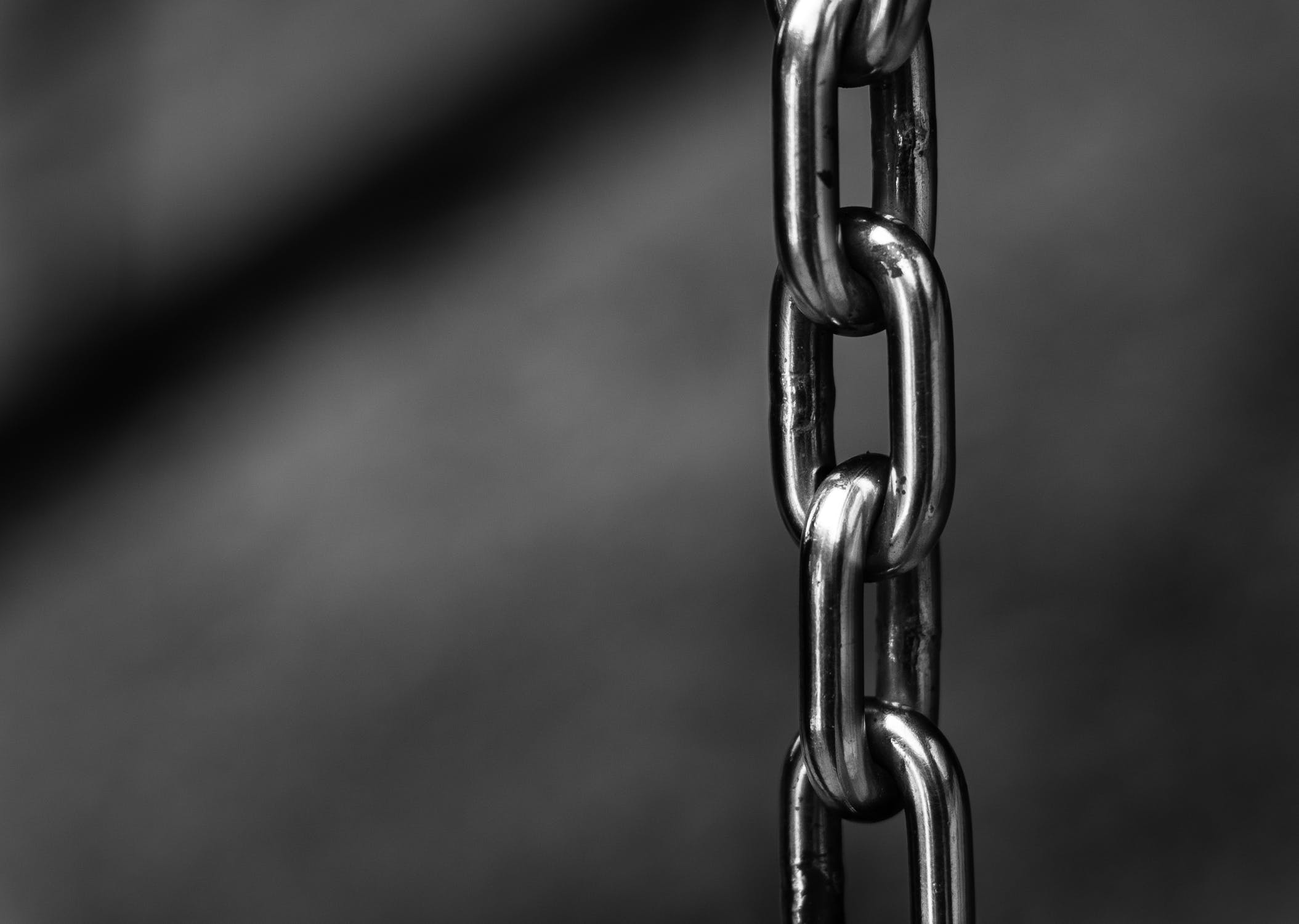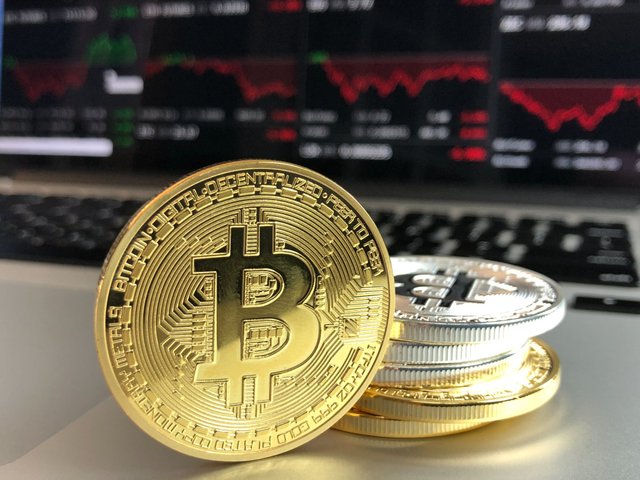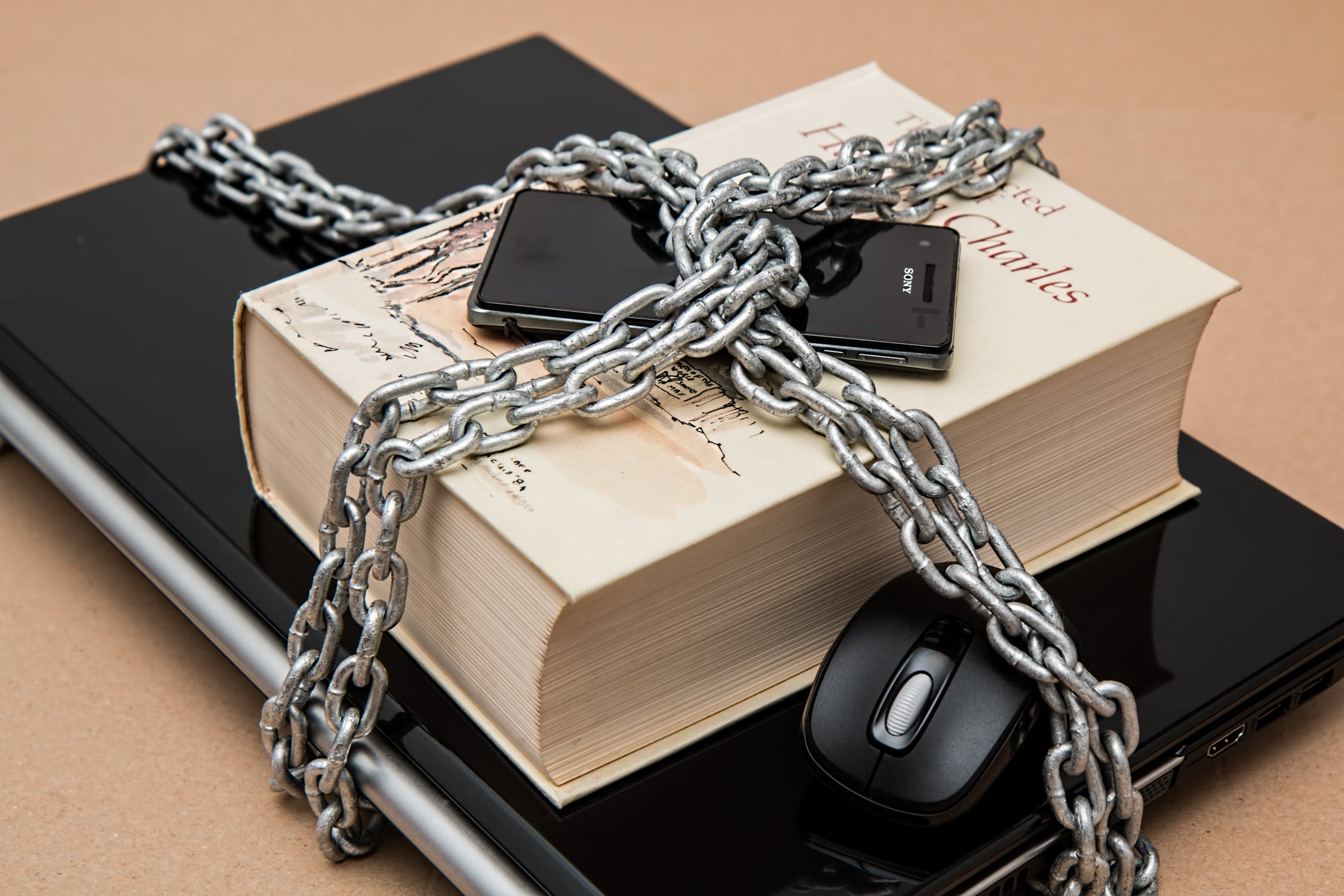Many think this is a breakthrough of the 21st century, which is compared with the opening of the Internet. This system can be used in different areas, gaining huge benefits.
What is it? - A Blockchain
An unprepared person who rarely encounters modern technology (your mom or grandmother, for example), is unlikely to understand the essence of this concept from the first time. Therefore, I'll try to say in simple words what this technology is.

Blockchain in layman’s terms.
Often this technology is compared to a conventional notebook.
Imagine that you ran out of money and the salary will be next week. You work in a company on the 4th floor with 20 other same employees. You borrow $20 from each. And, of course, fix it in your notebook. Also, you ask each of the employees of the 4th floor to set how much you took the money and from whom. As a result, it turns out that all employees have identical lists.
A week later, you are given a salary, and you are ready to pay the debt. You pay back to Peter, fix it in your notebook and again ask everyone (and Peter) to write it down. The operation is repeated until you pay to everyone. A certain Bob, wanting more money, deliberately erased in his notebook that you gave the debt and turned to you. But on your list it is written that you repaid the debt!
What to do? Easy!
Ask the workers whether you gave the debt to Bob or not.
After that, Bob no longer lent money =)
Because the data was stored not only from you but the rest of the staff, Bob would have to erase the records from everyone. Thanks to this distributed storage of information, you and other employees are protected from scammers.
What is blockchain in scientific language?
The blockchain is a continuous sequential chain of blocks containing information, built according to specific rules.
What are these blocks and what is the chain? Blocks are data about transactions and contracts within the system, presented in a cryptographic form. All blocks are lined up, that is, connected. To record a new block, you need to read information about the old blocks consistently.
All the data in the blockchain are accumulated form a regularly updated database. From this database, nothing can be removed or changed. And it is "limitless" - there can be written an infinite number of transactions.
A bit of history
The emergence of the blockchain is directly related to the development of the Internet and electronic money. Since the early 1990s, researchers have been looking for the answer to the question: Is it possible to create such a decentralized payment system that will allow users to send each other funds in an atmosphere of complete distrust? The ideas embedded in modern blockchain platforms were first formulated by crypto-enthusiast Nick Szabo back in 1998. In his E-mail newsletter, he described the theory of the operation of the bit-gold protocol, the main ideas of which later migrated to Bitcoin.

However, at that time, the vast majority of users did not have high-speed Internet access and enough storage capacity, so these ideas did not find much support. Their implementation was postponed until 2008, when an unknown user, under the pseudonym of Satoshi Nakamoto, published a technical description of his "digital cash" protocol. On January 3, 2009, the first blocks were generated in the new network, named Bitcoin.
In fact, under this pseudonym, not one person may be hiding, but a group of creators. After all, it took thousands of hours to create the first cryptocurrency and blockchain system.
Blockchain in our lives:
Since blockchain is just a way of storing and protecting information, almost any data can be written into it. It can be associated not only with the transfer of funds but also with any other areas that require guaranteed data security.
Here are some areas of our life, where the blockchain is already actively used:
Data storage
"Clouds" that we connect via the Internet is physically located in some data center. And this center must be protected from hacker attacks. The use of blockchain technology implies the storage of data in the P2P network. Data is stored not on one server, but in several blocks. Thanks to this, hacking the repository will be much more difficult. (examples Storj)
Person Identification
Many people already fed up of checking documents that prove their identity, with various kinds of transactions, registration of acts of civil status, crossing the border, etc.
Blockchain technology is ideally suited for the idea of digital ID because it allows us to organize reliable, secure and simultaneously open storage of personal data. (examples 2WAY.IO, ShoCard, Guardtime, BlockVerify, HYPR, Onename)
Voting
Everyone knows about the carousels, the substitution of ballots and other falsifications of data during the voting in elections. Blockchain can eliminate all the juggling because the data in online voting will be unchanged and transparent. So, in one of the universities of Virginia, they plan to launch voting technology on the detachment, to reduce the possibility of falsification of votes. (as well as Democracy Earth and Follow My Vote)

Author's right. Content
At the moment, several services are actively used by scientists, writers, journalists, advertisers, designers to register, preserve, protect, prove copyright ownership and law.
Blockchain technology allows you to create electronic copies of works, to identify the uniqueness of signs and symbols, to receive certificates of authenticity in digital form. It creates safe conditions for the sale of property rights and ownership from the author to the new owner, which is actively used among collectors, as the clarity and clarity of legal transactions are preserved (examples are Venisart, ProofofExistebce, Ascribe, Copyrightcrypto)
Management and jurisprudence
The public sector is a complex and inert mechanism while remaining a centralized system. If we consider the possibilities of the detachment, we can create a system in which all the authorities' reports (both local and state) will be stored, and also data on budget funds will be fully opened. Today, some projects combine legal and economic services with the help of blockchain technology. (example- Borderless.)
Medicine
The lost card in the registry is a classic of the everyday life of our typical clinic. And this is when even a lost reference strikes out whole chunks of their medical history. It would be quite another matter if medical institutions were able to exchange data safely. Precisely and in time came the results of tests - that's already increasing the chance to put the right diagnoses, to develop the more effective treatment. In this case, the data should be stored in integrity and security - and blockchain will help in this (examples are Gem and Tierion)
Charity
Of course, the blockade can help humanity even here. After all, with this technology, it will be very convenient to store all information about donations to funds, as well as to report on the spending of these same funds. This step will significantly reduce the share of fraud with charitable foundations (Helperbit, Alice, Start Network, as well as a platform GiveTrack )
The property
The use of technology based on the blockbuster allows you to turn your assets into commodity fractions. Thanks to this, the real estate market will become truly global and open - everyone will be able to identify and purchase real estate anywhere in the world without problems.
Blockchain technology can help in all areas of our lives. The main thing is to find the right application and apply "with the head." It has great potential and can change the world around for the better.
Congratulations @coinsbankblog! You have completed some achievement on Steemit and have been rewarded with new badge(s) :
Click on any badge to view your own Board of Honor on SteemitBoard.
For more information about SteemitBoard, click here
If you no longer want to receive notifications, reply to this comment with the word
STOPDownvoting a post can decrease pending rewards and make it less visible. Common reasons:
Submit